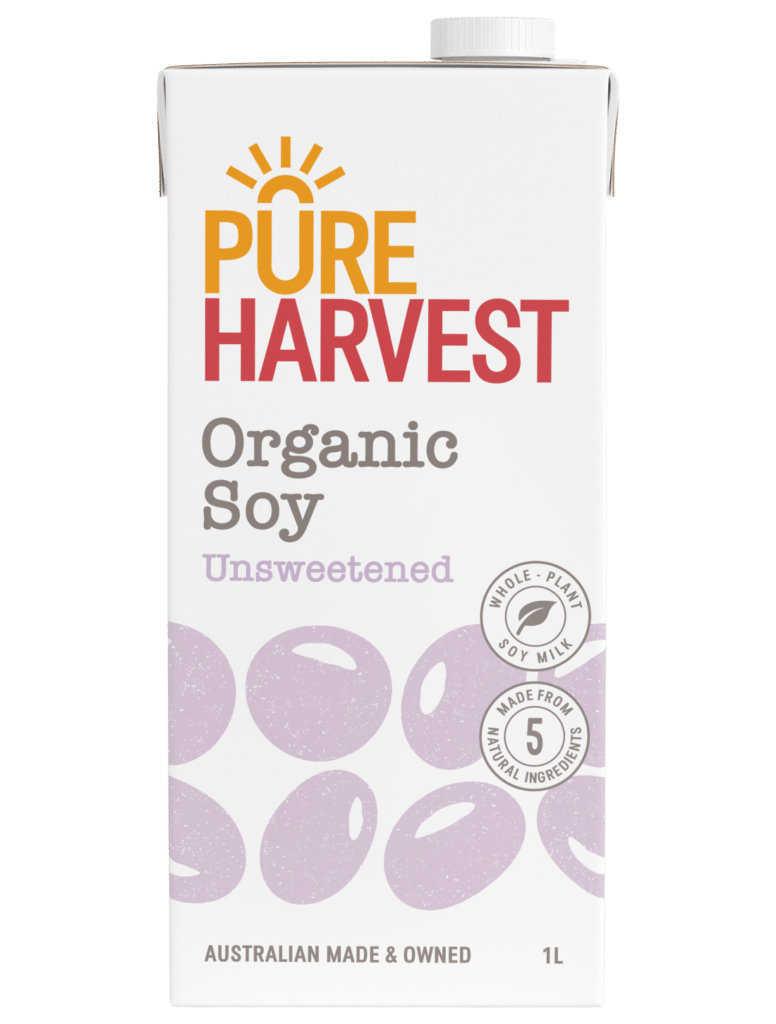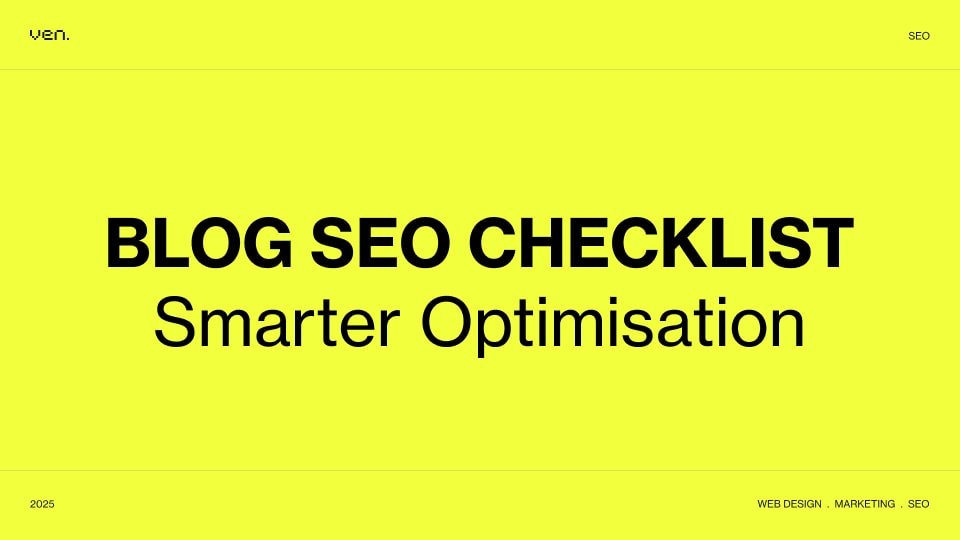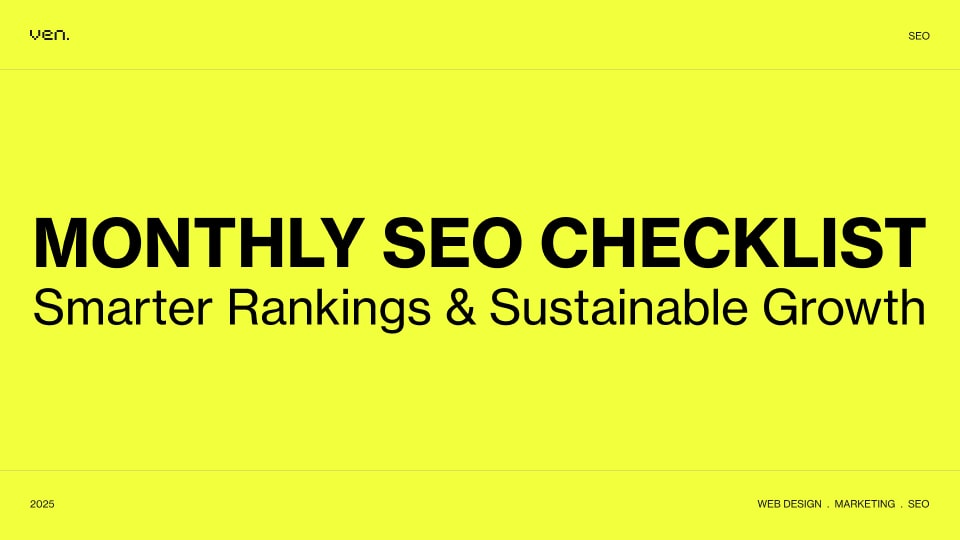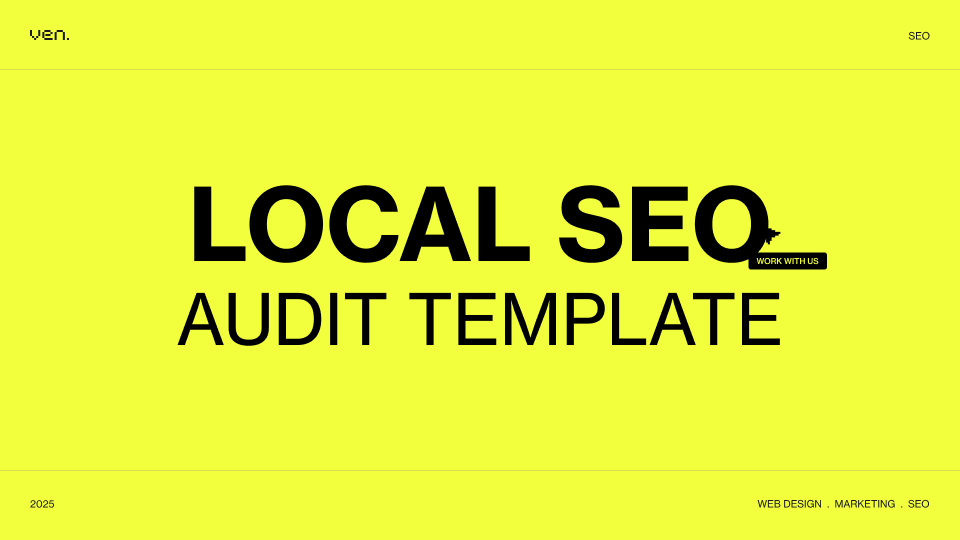A brief overview of how you and Google view your business differently
The difference between your eyes and Google’s: yours are sentient. That means you see things with emotion. And as clever as Google is, the search engine – and others like it – doesn’t do feelings (yet).
Because of this, Google looks for different, less obvious things in order to make your website rank.
4 things you might not care about, but Google sure does
1. Title tag
The title tag is the clickable headline displayed on the search engine results page. It’s arguably the most important part of ranking on Google because it’s one of the first things the search engine reads when looking at your site.
The first 65 characters of the title tag are what Google cares about most, so be sure to include at least one keyword there.
Make sure every page title is different and not packed so full of keywords that it doesn’t make any sense. Remember – Google cares about readability just as much as users do.
2. Meta description
Google looks to the meta (page) description after reading your page title. While it doesn’t considerably count towards your ranking, the search engine still wants to see that you have added a description for your users.
Keep the length around 160 characters and make sure it’s easy for both users and search engines to read. Write a description that’s both compelling and relevant to the page content – it will help to increase your click-through rate!
3. Image alt text
When uploading images across your site’s pages and blog posts, you have the option to include additional information through the image alt text (alternative text).
Because search engines can’t physically see your website, they will read the image alt text to understand what the displayed image looks like.
Use this to your advantage by incorporating keywords into the alt text of every single image on your site.
4. Content
When it comes to content, you and Google are on the same page. Users love content and so does your search engine!
There is no such thing as too much content. In fact, Google loves a blog loaded with long-form info/inspo. The only catch? It has to be quality content.
Writing a whole lot of rubbish that’s overly stuffed with keywords isn’t going to help your site. To get on Google’s good side, your content has to be of high quality, lightly sprinkled with keywords and uploaded on the regular.
It’s all about the little things
As you can see, Google has a different perspective on your site than you do. While you both care about the content, you probably don’t approach it in the same way.
Taking off your human goggles and putting on your Google ones will help you to see things the way that search engines do.
And once you can see your website in a different, more algorithm-esque kind of way, ranking higher on Google will be a much easier task.




